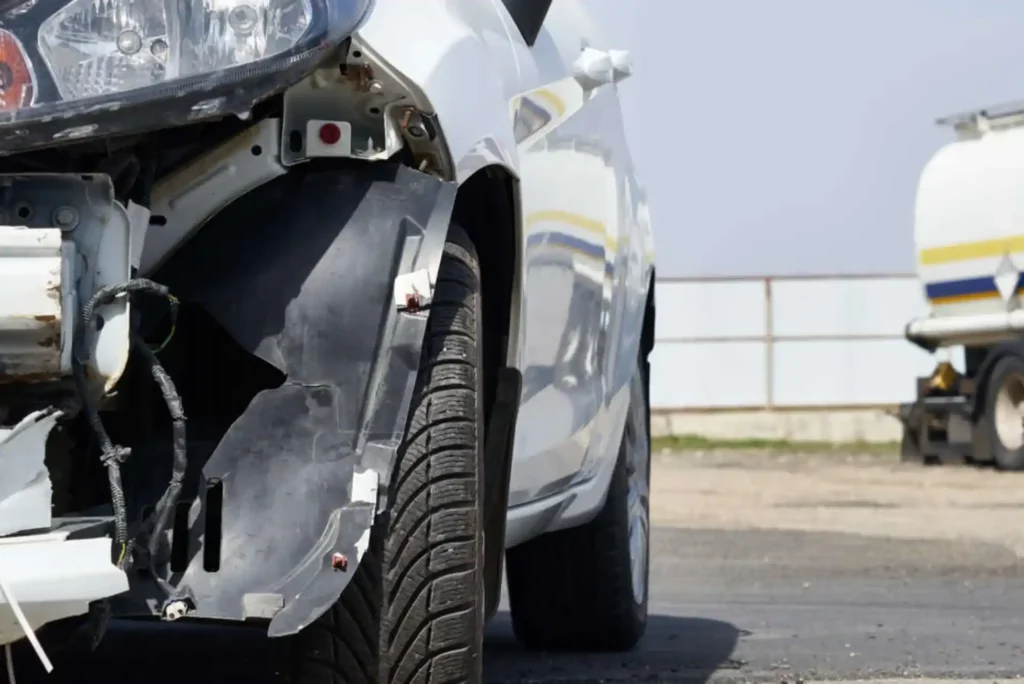When it comes to owning a car, one of the inevitable realities is that vehicles can sustain damage over time, either through accidents, wear and tear, or environmental factors. Understanding the nature of car damage, how to assess it, and how it affects the overall value of the vehicle is crucial for owners and buyers alike. The code “5xyp3dhcxng316874” could represent a unique identifier for a specific instance of car damage, either in a database or an insurance claim. This article explores the concept of car damage, its assessment, the role of insurance, and what such a code might represent in real-world scenarios.
The Different Types of Car Damage
Car damage can broadly be categorized into several types, each of which affects the car differently and requires different levels of attention and repair. Understanding these categories is essential for both owners and insurance companies when evaluating repair costs, claims, and potential liabilities. Here are the most common forms of car damage:
Collision Damage
The most obvious and often severe form of car damage, collision damage occurs when a vehicle hits or is hit by another object. This could be another car, a stationary object like a wall, or even an animal. The severity of collision damage varies, from minor dents to structural damage that could make the car unsafe to drive. Collision damage typically results in high repair costs, especially if airbags deploy or if the engine or transmission is affected.
Exterior Damage
This includes scratches, dents, and cracks that affect the body of the vehicle but do not necessarily impact its functioning. Such damage might occur from parking lot mishaps, weather, or minor accidents. Though cosmetic, it can reduce the car’s aesthetic value and resale potential. Sometimes, exterior damage can be a sign of deeper issues, such as frame misalignment or rust, which may not be immediately obvious.
Mechanical Damage
Unlike external damage, mechanical damage involves the internal components of the car, including the engine, transmission, suspension, and other vital parts. Over time, wear and tear or a sudden mechanical failure can cause significant damage. This type of damage is often more expensive to repair, as it may require specialized knowledge and parts.
Electrical Damage
Modern vehicles rely heavily on electrical systems for everything from ignition to air conditioning. Electrical damage can arise from issues like faulty wiring, battery failure, or problems with the vehicle’s computer systems. Electrical damage can be tricky to diagnose and repair, often requiring a professional with expertise in automotive electronics.
Water or Flood Damage
Flooding can have a devastating impact on a car, as water can seep into the engine, transmission, and interior components. Flood damage can lead to rust, mold growth, and electrical issues, often rendering the car a total loss. If the car has been involved in a flood, it’s essential to assess the full extent of the damage before making a decision on repairs or insurance claims.
Interior Damage
While exterior and mechanical damage are often prioritized in repairs, interior damage can also significantly reduce a car’s value. This can include torn upholstery, broken dashboards, malfunctioning air conditioning, or damaged electronics. Though these damages are more cosmetic, they can still be costly to fix, especially when dealing with high-end vehicles.
The Impact of Car Damage on Value and Insurance
When assessing car damage, the impact on the vehicle’s value is a significant factor. Cars lose value as soon as they are driven off the lot, and the extent of the damage plays a crucial role in determining how much that value will drop. For example, collision damage can cause the value of a car to plummet, especially if the damage affects critical components like the frame, engine, or transmission.
The role of insurance is essential in handling the financial consequences of car damage. Car owners typically carry auto insurance to protect against unexpected damages, but the specifics of coverage depend on the type of insurance policy they have. Comprehensive and collision coverage, for example, may help repair or replace a damaged car if it’s involved in an accident or suffers environmental damage, such as flooding.
The insurance company will generally evaluate the extent of the damage through a claims adjuster who assesses the vehicle, the cost of repairs, and the overall impact on the car’s value. Based on this evaluation, the insurer may decide to cover the cost of repairs or offer a settlement amount if the damage is deemed too extensive to repair, often resulting in a total loss.

What Does the Code “5xyp3dhcxng316874” Represent?
The code “5xyp3dhcxng316874” may represent a unique identifier, likely associated with a specific incident of car damage, either in an insurance database, a car repair system, or as part of a service record. In the context of modern vehicle tracking and insurance, unique codes like this are used to log, track, and assess individual incidents of car damage. These codes can be linked to the specific details of a claim, including the nature of the damage, the extent of repairs, and the costs involved.
For instance, the code might correspond to a particular claim in an insurance system, allowing both the insurance provider and the car owner to track the status of the claim, the payments made, and the outcome of the repair process. It could also be used to identify a vehicle’s damage history, helping potential buyers make informed decisions when purchasing a used car.
Such codes might also be part of an advanced diagnostic system for vehicles, where every instance of damage or required service is logged digitally. In this case, the code would allow the mechanic or insurance company to quickly access the history of damage and repairs associated with a vehicle, streamlining the repair or insurance claim process.
Evaluating the Costs of Car Damage
The costs associated with car damage vary widely depending on the severity of the damage and the type of car. Minor cosmetic repairs, such as fixing a dent or scratch, can be relatively inexpensive, often ranging from $100 to $500. However, major mechanical or structural damage, especially to high-end vehicles, can cost thousands of dollars to repair.
The table below provides an overview of some common types of car damage and their typical repair costs:
| Type of Car Damage | Estimated Repair Cost | Description |
|---|---|---|
| Collision Damage | $1,000 – $10,000+ | Includes damage to the frame, engine, or transmission. |
| Exterior Scratches/Dents | $100 – $1,000 | Minor cosmetic damage to the car’s body. |
| Mechanical Damage | $500 – $5,000+ | Issues with the engine, transmission, or suspension. |
| Electrical Damage | $200 – $3,000+ | Faulty wiring, battery, or electrical components. |
| Water/Flood Damage | $2,000 – $20,000+ | Extensive damage to electrical systems and interior. |
How to Prevent Car Damage
While some car damage is inevitable, there are steps you can take to minimize the risk. Regular maintenance, such as oil changes, tire rotations, and brake checks, can keep your car running smoothly and reduce the likelihood of mechanical failure. Additionally, being cautious while driving, parking in safe areas, and using protective coverings for your vehicle can prevent exterior damage.
Lastly, having a solid insurance policy in place is vital to ensure you’re financially protected in the event of significant damage. Comprehensive insurance can help cover repair costs for many types of damage, saving you from substantial out-of-pocket expenses.
Car damage is an unavoidable part of vehicle ownership, but understanding the types of damage, their impact on value, and how they are assessed by insurance companies can help owners navigate the process. The code “5xyp3dhcxng316874” is a symbol of how modern systems track and manage damage claims, ensuring that both owners and insurers can resolve issues efficiently. Whether it’s minor cosmetic damage or more severe structural issues, staying informed about your car’s condition and having the right insurance coverage is crucial for managing the costs and impacts of car damage.










